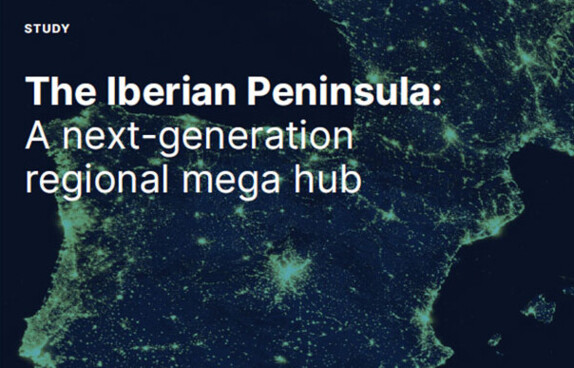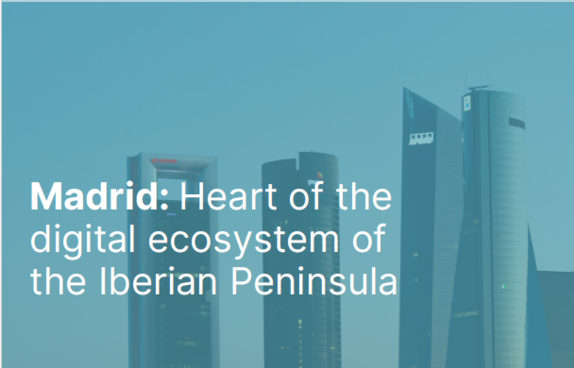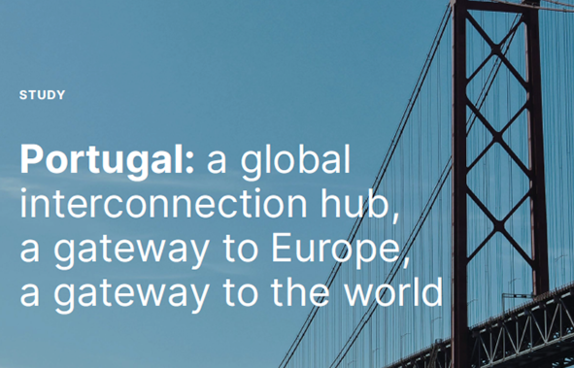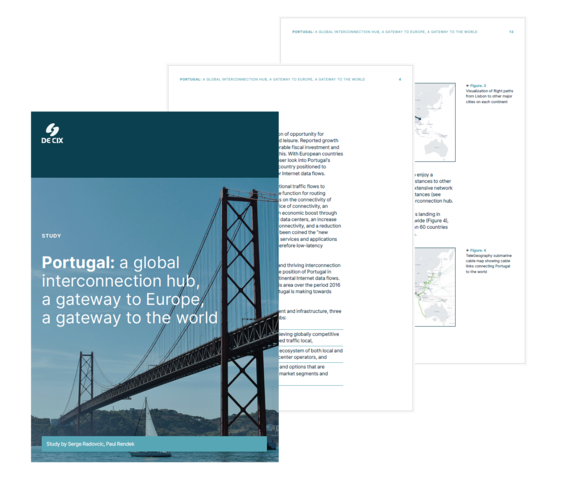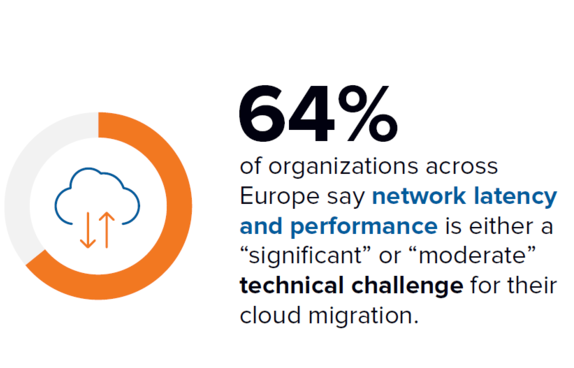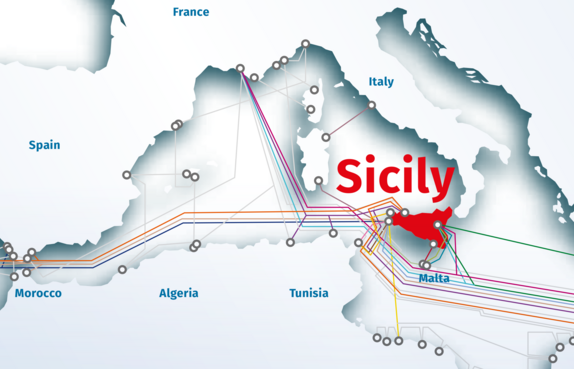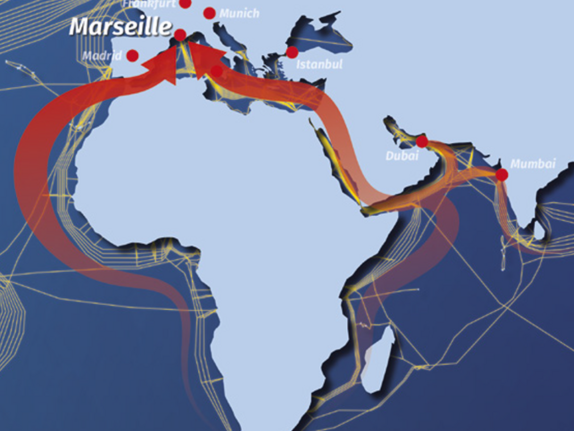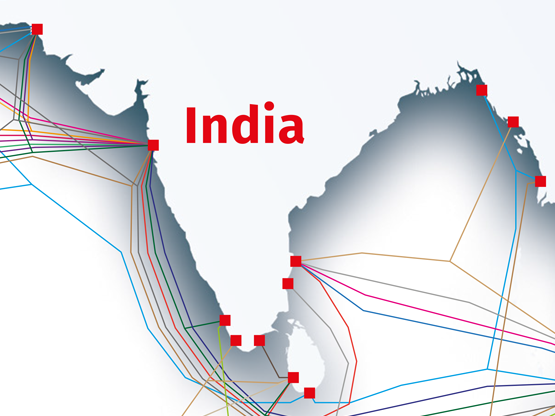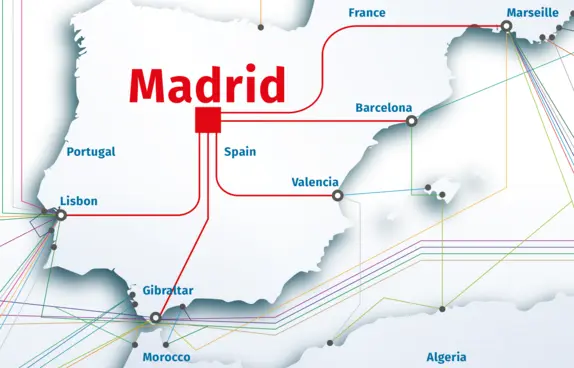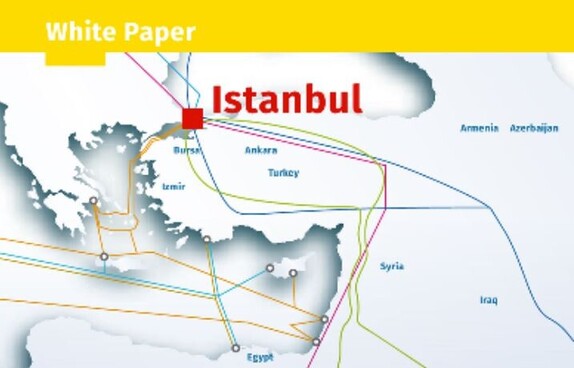The study “The Iberian Peninsula: A next-generation regional mega hub” shows how the peninsula is becoming a regional mega hub and an alternate gateway to Europe for future international data flows.
It highlights the interplay of networks, data centers, and Internet Exchanges (IXs) enabling growth in the region:
- International submarine cable systems landing in Spain have grown by 83% since 2016, and in Portugal by 14%.
- Number of IXs has more than doubled from five to 13 since 2014, resulting in 1200% growth in aggregated connected networks.
- International networks connected to IXs in Spain have grown by more than 800% over the past 10 years.
- In Portugal, international networks now make up around 75% of the interconnection ecosystem.
- Madrid stands as the sixth largest data center market in Europe, with over 160 megawatts (MW) of installed capacity.
The study explores the impact of the three Iberian digital hubs, Madrid, Barcelona, and Lisbon, and a wealth of further infrastructure markets, including Bilbao, Malaga, Valencia, Porto, and Sines, forming a cluster to serve evolving digital requirements.
Fill in the form to download the study and learn about how the region is addressing the demands of both international and local data flows to meet the needs of network operators and enterprises alike, as well as supporting the digitalization of high-density urban populations.
